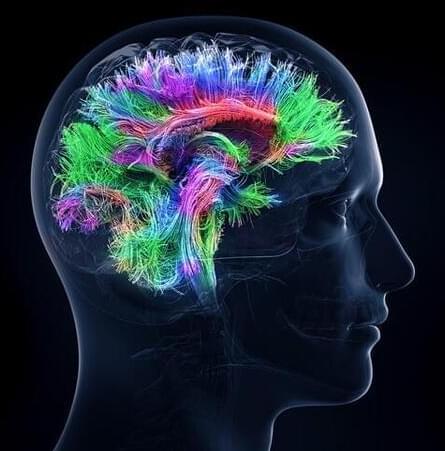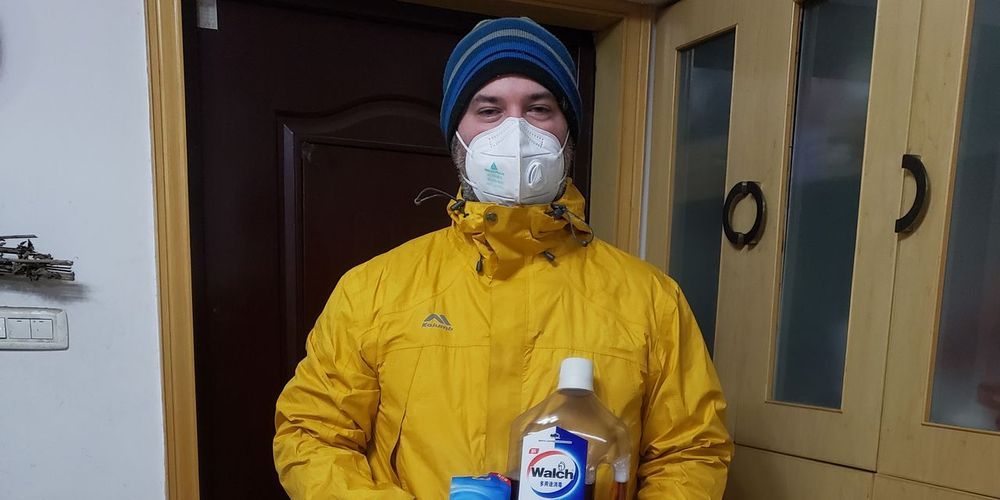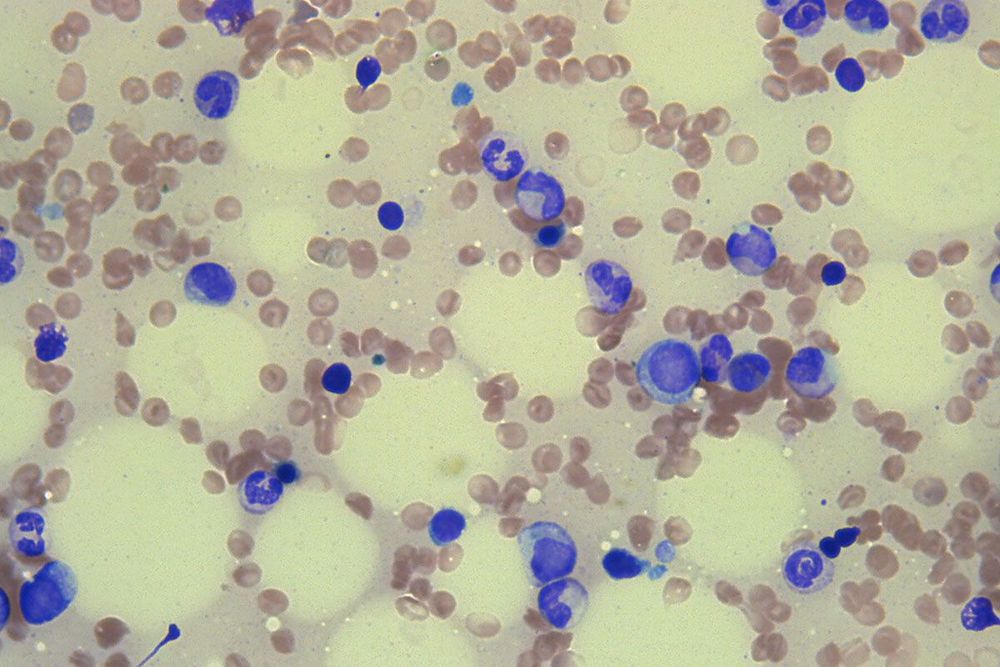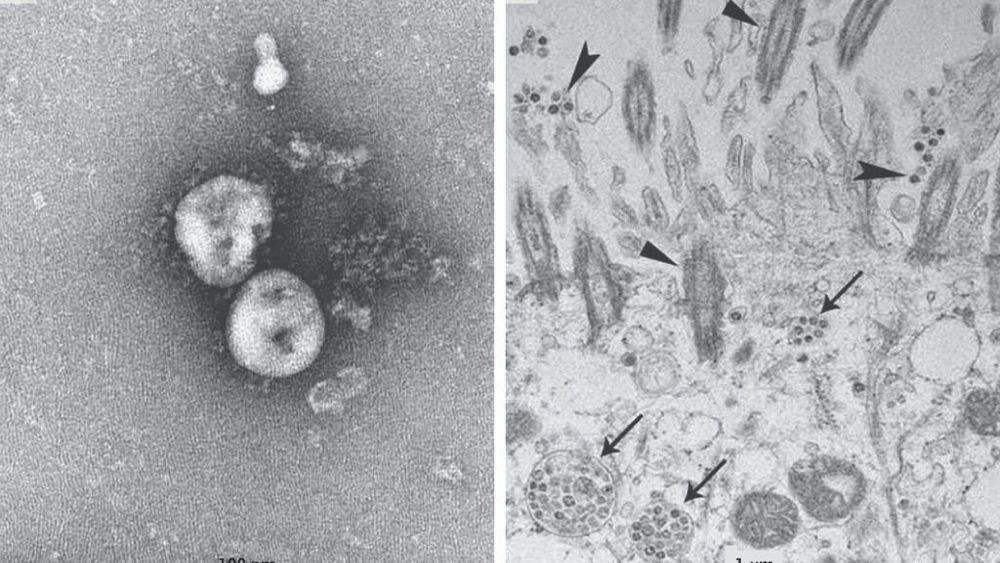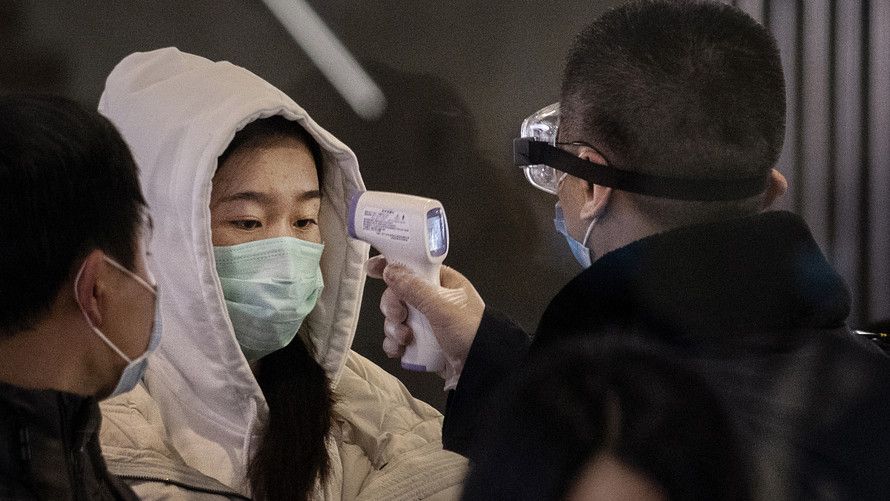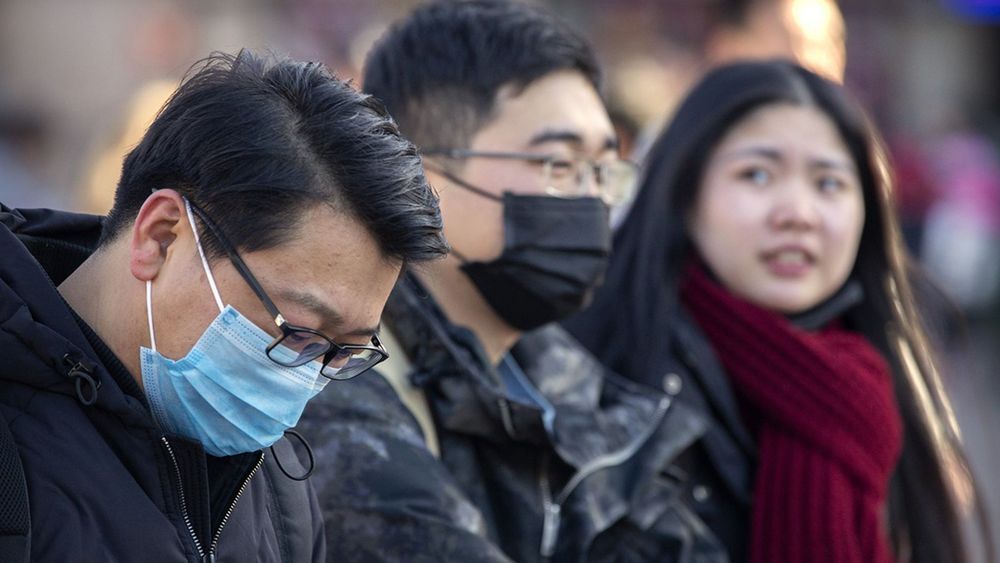Rather than each country formulating their own brain projects independently, the project argues, it’s high time for the world to come together and share their findings, resources, and expertise across borders. By uniting efforts, the IBI can help shape the future of neuroscience research at a global scale—for promoting brain and mental health, for stimulating international collaboration, for ethical neuroscience practices, and for crafting future generations of scientists.
“It takes a world to understand the brain,” said Caroline Montojo of the Kavli Foundation, which offered support to the project. “When we have the best brains and the best minds working together, sharing information and research that could benefit us all.”
The initiative, at the time of writing, includes Japan’s Brain/Minds, Australian Brain Alliance, the EU’s Human Brain Project (HBP), Canadian Brain Research Strategy, the US’ BRAIN Initiative (BRAINI), the Korea Brain Initiative, and the China Brain Project.
